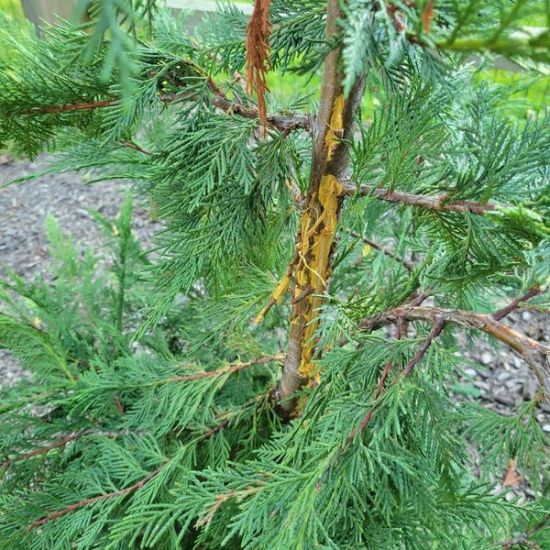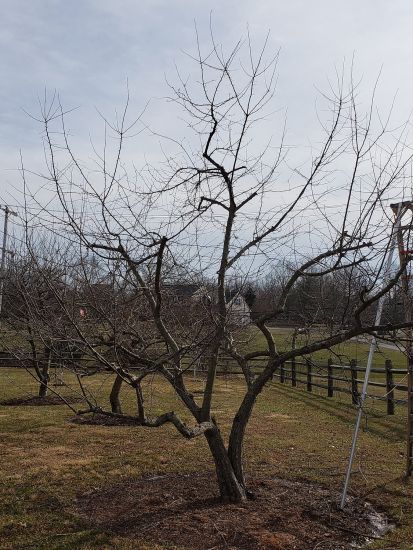Essential Winter Plant Health Care Services
During the winter, while the tree leaves have fallen and the colors of your backyard may seem to have faded away, a complex world of plant life awaits spring’s arrival. Ensuring robust plant health throughout these months requires specialized care. Winter plant health care services are essential for keeping your plants vibrant and healthy for spring.
Soil Amendment: Nourish Your Plants for Year-Round Vitality
Horticulture is characterized by fluctuating seasons and plant metabolisms, where quality soil is a constant vitality force. In winter, a well-nourished soil bed with a prudent blend of nutrients, such as nitrogen and potassium, guarantees healthier, more robust plants equipped to endure winter climates.
As part of our soil amendment services, we use soil test kits to analyze nutrient composition. Once the testing is complete, our team reviews the results to ascertain the type and number of amendments necessary for each landscape.
Regarding the specific amendments, our team uses specific fertilizers during the fall and winter to provide the necessary nutrients for healthy plant growth. These fertilizers ensure that essential macro and micronutrients are available for absorption and storage, vital for the initial spring growth period.
Doing so will promote healthy growth, protect against insect and disease infestations, and help your plants and trees endure harsh environmental conditions throughout the year.
Deer Repellents: Safeguarding Your Plants from Winter Hazards
During fall and winter, the prospect of damage to your plant life from deer feeding and antler rubs heightens because food becomes scarcer in their natural environments. Such activities severely threaten the health and growth of your plants. However, some methods can prevent such damage through the judicious use of deer repellents, effectively mitigating or eliminating the risks posed by deer activity. These methods are selectively used depending on the deer-related problems your landscape is facing:
- Antler-Rub Damage: Metal or plastic trunk sleeves can protect newly planted trees from antler rubbing in winter. Odor deterrents can also deter deer from unprotected trees.
- Feeding or Browse Damage: We use area and contact repellents to protect plants from deer feeding on them during dormancy. Area repellents create a boundary around a property or bed to prevent deer from entering. Contact repellents change the taste and texture of the plant, making them less desirable to deer. Over time, this helps deer learn to avoid protected plants.

Pruning: Shaping Strong Foundations for Spring Growth

The period between December and February presents a suitable time for homeowners and arborists to undertake the crucial dormant and structural pruning process. This process is a carefully orchestrated measure to optimize trees’ and shrubs’ health, appearance, and longevity.
- Dormant pruning entails the removal of dead, diseased, or damaged branches while the tree or shrub is dormant, both to prevent the spread of pests and diseases and reduce stress on the plant.
- Structural pruning focuses on making specific pruning cuts to shape the plant for proper growth and development. This includes eliminating crossing or rubbing branches, which can create wounds and provide entry points for pests and diseases.
By performing these specific winter plant health care services, arborists can redirect the plant’s energy to the most vigorous branches, thus encouraging healthy growth. In addition, dormant and structural pruning enhances light and air penetration, which is critical for the plant’s overall health and vitality. Pruning also offers an opportunity to eliminate unwanted growth or deadwood, which can detract from the plant’s aesthetic appeal.
Tree and Shrub Removal: Making Informed Decisions
Removing trees and shrubs is a complex process that requires careful planning and execution, particularly during winter, when weather conditions can be challenging. However, removing trees and shrubs becomes necessary in certain situations, such as disease infestations or safety threats.
The removal process begins with thoroughly inspecting the site to determine which trees or shrubs need to be cut down and removed and how large each is. We then use various tools to remove the tree or shrub, including chainsaws, telescoping poles, and buckets. Once the trees or shrubs have been removed, we use specialized equipment like stump grinders to smooth out the area.
An important note is to seek professional advice before any DIY work. Removing shrubs and trees is complex and challenging, especially if trees are close to other structures like houses or power lines. Our team of professionals is available to provide guidance and advice on tree and shrub removal so you can make an informed decision that is right for you.
Winter Tree Treatment: Protecting Against Winter Stress
During the winter season, trees are prone to experiencing water loss, commonly called tree desiccation. This phenomenon occurs when the rate of water loss exceeds the tree’s capacity to absorb water, ultimately leading to tree damage or death. To prevent this, we provide anti-desiccant and anti-transpirant treatments that act as protective barriers against water loss. We meticulously administer these treatments to mitigate winter stress, promote enduring plant health, and reduce the risk of tree damage or death.
Contact Burkholder PHC for Winter Plant Health Care Services
Burkholder PHC offers comprehensive winter plant health care services to maintain the natural rhythm of your garden’s life cycle. Our experts are committed to sustaining the health and vibrancy of your green spaces. We invite you to entrust the care of your garden to us to ensure its vitality and longevity. Contact Burkholder PHC to discuss how we can provide our expertise and services to help you maintain the health of your garden throughout the winter season.

